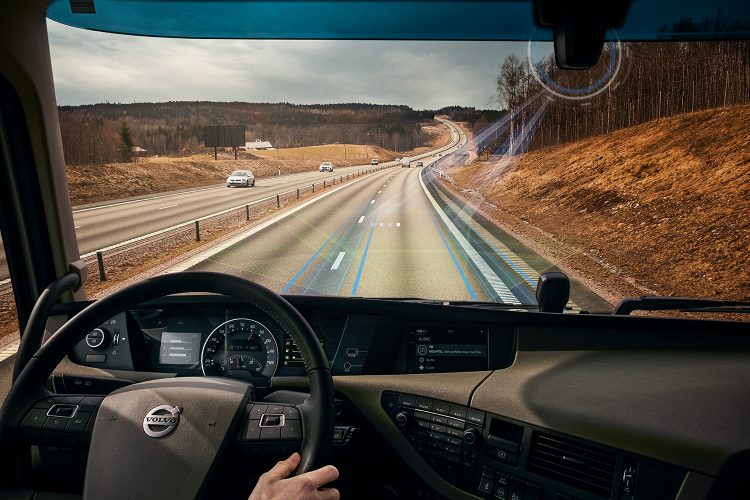What is Lane Departure Warning and How Does It Work?

If you’ve ever seen the phrase 'lane departure warning,' 'lane keep assist,' or 'lane centering assist' in your car shopping efforts, you probably asked yourself what it actually does. Wonder no more, because CARMUDI is here to enlighten you on this nifty safety technology. Learn more about it below.
What is lane departure warning?
Lane departure warning (LDW) is an umbrella term for systems that help a car stay on its lane. The idea is to prevent high-speed accidents on highways that often occur when a car drifts or veers away from his or her lane when there is oncoming or overtaking traffic. The system usually activates when the driver fails to use the turn signal.
LDWs primarily use a camera to detect lane markings and monitor when a vehicle starts to leave its lane of traffic, although modern systems use a combination of cameras, radar, and lasers to do the job. Once lane departure is detected, visual or audio cues alert the driver so he or she can revert back into lane.
LDWs come in different types, with some more proactive than others, taking automatic corrective measures that compel a driver to stay in lane. There are now three major types of LDWs:
Lane departure warning – the original version, these systems simply warn the driver of the departure, and the driver is the one responsible for taking the corrective action.
Lane keep assist – this system applies torque to the steering wheel when the vehicle starts drifting off too far from the system's prescribed limit. Left alone, this system can effectively bring the vehicle back to the center of the lane.
Lane centering assist – the most advanced LDW system, and also the most proactive. This system keeps the car centered in the lane at all times. The system is active as long as the car detects your hands on the steering wheel, and the road is relatively straight.
Limitations of LDWs
LDW technology has certainly improved leaps and bounds in its few short years of existence, but even the most high-tech systems have limitations. Their heavy reliance on visual information means that anything that obscures the lane markers will hamper their effectiveness. Thus, when there's a heavy downpour, or if the lanes are not properly marked, you won't be able to rely on your LDW system.
Is LDW necessary?
It depends on where you often drive. For city drivers where lane changing is the norm, LDW is of little use. However, having a car with LDW makes sense if you log plenty of highway miles.

Featured Articles
- Latest
- Popular
Recommended Articles For You
Featured Cars
- Latest
- Upcoming
- Popular
Car Articles From Zigwheels
- News
- Article Feature
- Advisory Stories
- Road Test
